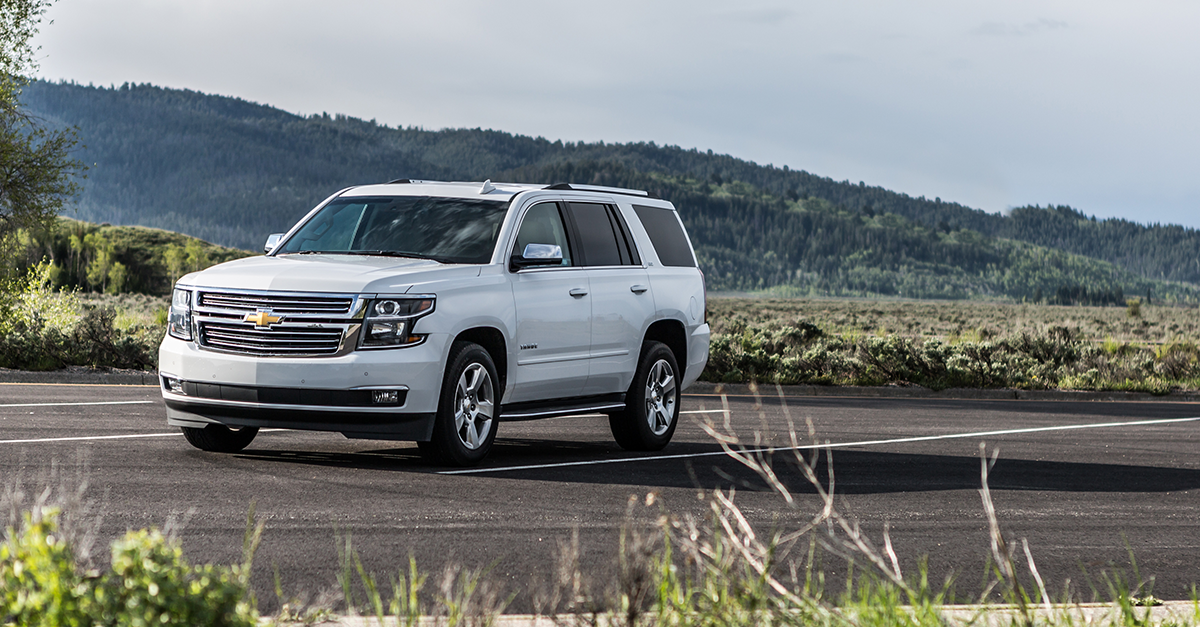Common Auto Insurance Myths
June 10, 2021
With all the information available to policyholders, it can be challenging to decipher the facts from myths. Knowing what’s covered under your auto policy and the factors that determine your premium is crucial. What’s more, not understanding your coverage may lead you to believe you’re covered when that may not be the case.
To help clear up any misinformation surrounding your auto insurance policy and put your mind at ease, provided below are some of the most common auto insurance myths—debunked:
The color of your vehicle can affect your car premium.
Despite popular belief, the color of your vehicle has no impact on your auto insurance costs. When insurance companies are factoring your car into your insurance policy, they’re looking at the other components of your vehicle, such as:
• The vehicle’s safety features and ratings
• The vehicle’s make, model, year, body type and engine size
• The likelihood that the car will be stolen or vandalized
• The cost to repair or replace the vehicle following an accident
If someone else is driving your car and gets into an accident, their insurance will cover any damages or injuries.
The insurance held by the owner of the vehicle is typically considered the primary insurance in the event of an accident. So, regardless of who was driving when the incident occurred, the vehicle owner’s insurance is what will serve as the primary coverage to help pay medical bills or damages.
Your credit score has no effect on your insurance rates.
Your credit score is a significant factor insurance companies consider when they determine your premiums. Your credit score can show insurance agents how well you manage your finances and how likely you are to file an insurance claim. People with good credit tend to pay less for their car insurance since they are seen at a lower risk.
The minimum amount of liability coverage required by your state is adequate.
Although purchasing the minimum amount of coverage required by law may reduce your premiums, you may pay more out-of-pocket in the event of an accident. In many cases, it is advisable to select limits that are above your state’s minimum requirement. Severe accidents can be very costly when you consider the rising cost of medical expenses, court settlements and vehicle repairs. Liability coverage gets broken down into two basic segments:
Bodily injury liability coverage: Can help cover any medical bills that may come from an accident if you are found at-fault. Within bodily injury liability there are two subcategories:
• Per-person limit is the maximum your insurance will pay per person.
• Per-accident limit is the maximum amount of bodily injury your insurance will cover per accident.
Property damage liability coverage: Covers any damages to a person’s personal property.
If your car is totaled, insurance will pay for your new car.
If your insurance reimburses you for a covered total loss, such as your car being totaled, depreciation is taken into consideration. Depreciation is the decreased value of an item over time from the age of the property or wear and tear. Depending on your type of coverage, you may get money for your totaled vehicle, but it will most likely not equal the original purchase price.
Personal auto insurance also covers business use of your vehicle.
Driving a vehicle for business purposes has its own set of risks, which requires different types of coverages that your personal auto policy may not cover. If you are using your vehicle for work or driving for a rideshare service like Uber or Lyft, you should check with your insurance agent to confirm that you are properly insured.
The more expensive the car, the more it costs to insure.
The price tag on your vehicle doesn’t necessarily determine your insurance costs. However, how much your vehicle costs to repair, the vehicle model’s loss history and other characteristics can influence your premium. If your car model is associated with more accidents or traffic infractions, or is costly to repair, it may be more expensive to insure.
Getting a traffic violation will automatically increase the price of your premium.
Getting one traffic violation doesn’t always lead to a higher premium, especially for minor incidents. However, if your violations become more severe or you continue to accumulate tickets, you will probably begin to see an increase in your insurance premium. Maintaining a clean driving record following a violation will help alleviate some of the financial repercussions.
Get the Facts
With all of the of false information surrounding auto insurance, it’s best to work with a trusted insurance professional. Contact Robertson Ryan & Associates today to get a clearer understanding of your auto insurance options.
Source: Zywave

